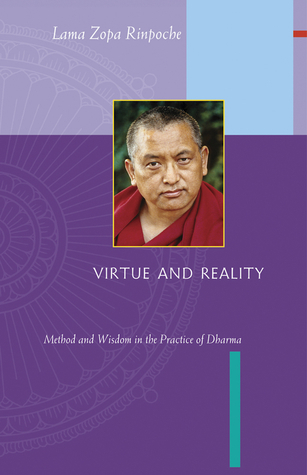What do you think?
Rate this book


101 pages, Paperback
First published January 1, 1998
Ask yourself, "Where did I learn this patience that I practice? I learned it from those who have been angry at me... Therefore, all the peace and happiness that I enjoy in this and future lives as a result of my practice of patience has come from the angry person... Because of this person I am able to accomplish the perfection of patience, the other perfections, and thereby complete the bodhisattva's path and attain full enlightenment... How kind this person is! How much benefit this person has given me!"